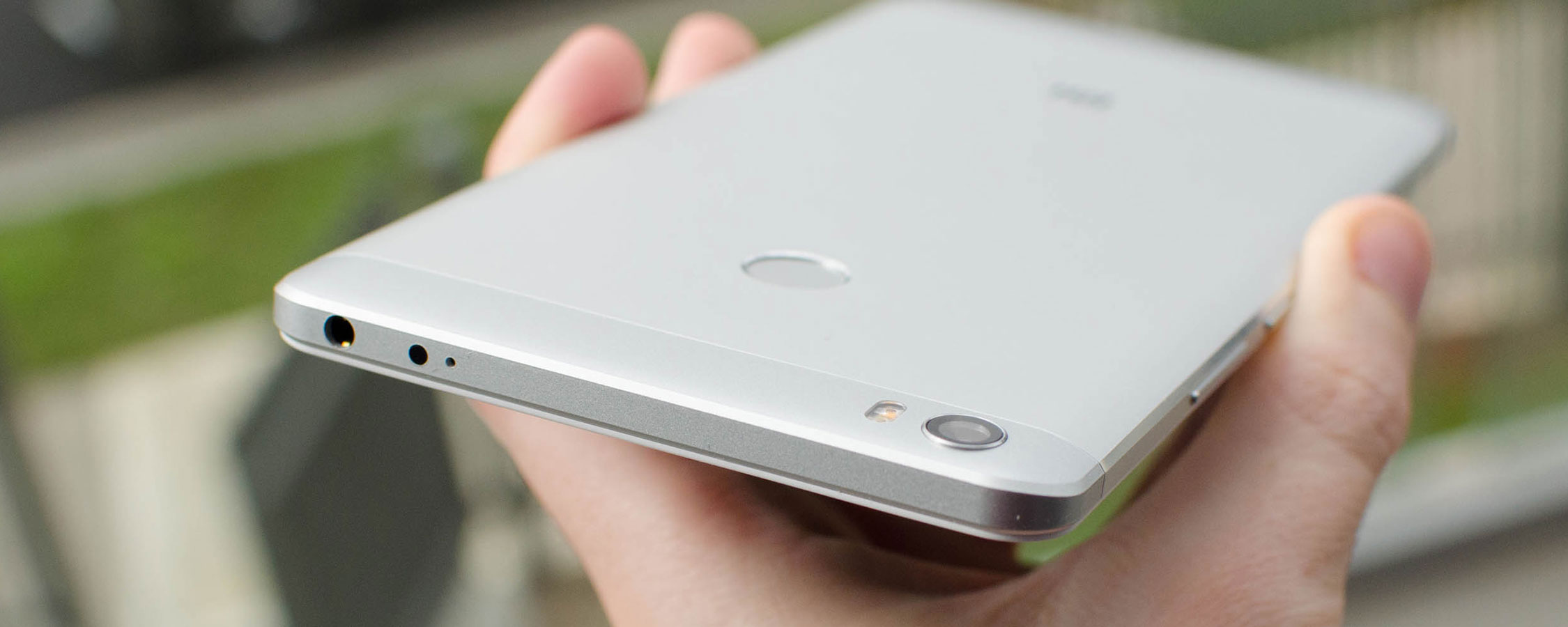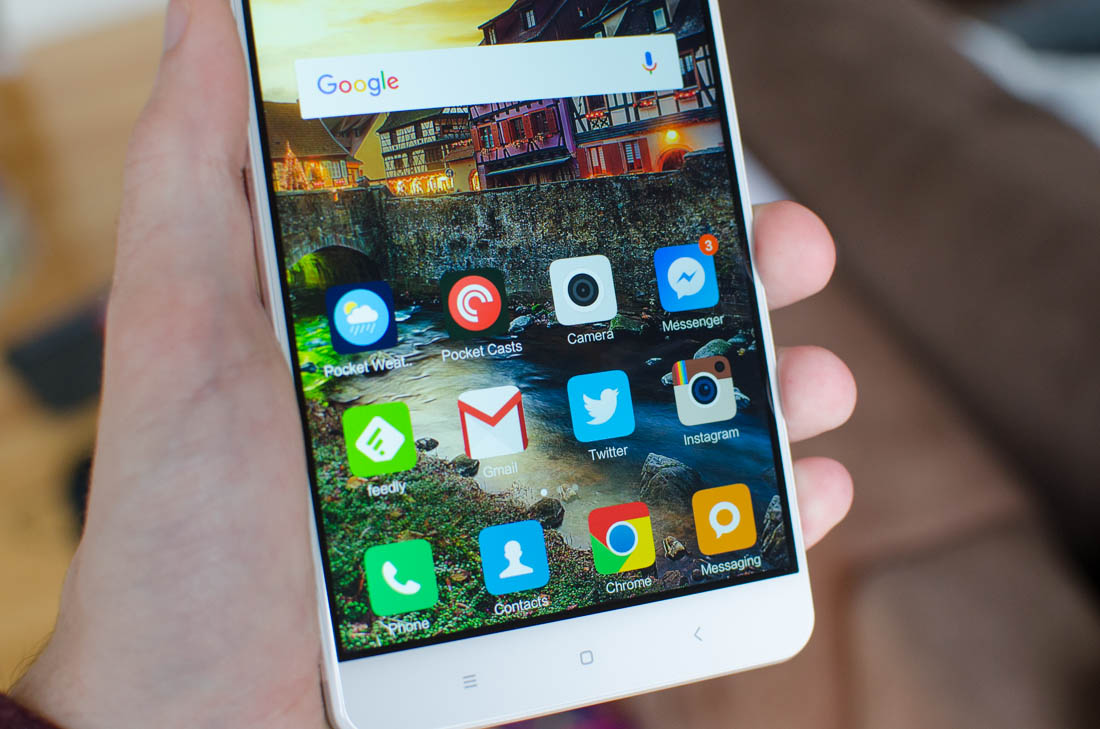Display: Massive 6.44 Inches
I've already mentioned some of the usability implications of carrying such a huge display, so I won't repeat myself here, but it is interesting to note the pixel density. At just 342 PPI, this display is lower in density that most 1080p displays due to its size, but it's still denser than a 5-inch 720p display, for example.
The Mi Max's massive 6.44-inch display is IPS LCD with a resolution of 1920 x 1080.
A 1440p resolution would be ideal for a display of this size, as density would then roughly match a 1080p display at 5.0-inches, however for the price I couldn't expect more. The Mi Max delivers good sharpness and text is free of any jagged edges so that's a good thing.
Analyzing display quality further, brightness falls marginally below an ideal value of 500 nits, however outdoor visibility is still respectable. Contrast levels are typical for a budget LCD, slightly exceeding 1000:1, with below average black levels. Viewing angles are acceptable without blowing me away.



Color performance is an interesting story. A display mode called "automatic contrast" is enabled by default that adjusts the device's color profile depending on the spectrum of light that hits the light sensor on the front. In some situations this will give the display a warm tone, and in others a cold tone, depending on the lighting conditions. It also reduces the backlight level in dark scenes to give the illusion of darker blacks and higher contrast.
The issue with this mode is that under many types of light, the color profile shifts such that the display is less accurate than it was before, or it will subtly change the hue or tone of some images. I'm not a fan of a display that constantly changes its color performance, so I quickly switched the Mi Max to "standard" mode. Due to difficulties in testing - namely the color performance changed slightly depending on whether I had the lights on or off in my office - the following testing was done with the Mi Max set to the standard display mode. This mode didn't change the performance to a significant extent, but it does provide a consistent baseline for testing purposes.




The display only reaches 91% of sRGB coverage, with blues and greens falling short of the saturation required for full coverage. This does affect color performance and impacts saturation, which leads to mediocre accuracy across the board. The display has a cool tone in general, although that's no different to most smartphones, as it seems Xiaomi has targeted a white point of 7500K rather than the sRGB-correct 6504K.
Poor display accuracy by default isn't normally an issue if the manufacturer provides a way to adjust the color profile of the display in the settings. Unfortunately, there is no such setting available on the Xiaomi Mi Max, so those that want or require color accuracy can't get it. This causes the Mi Max to fall even further behind when compared to adjusted smartphone displays.

